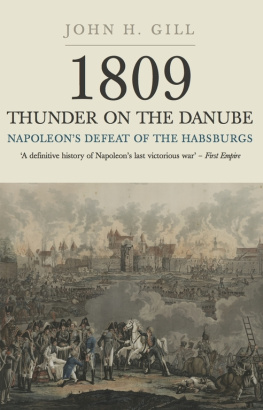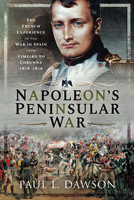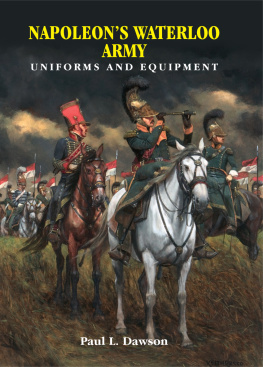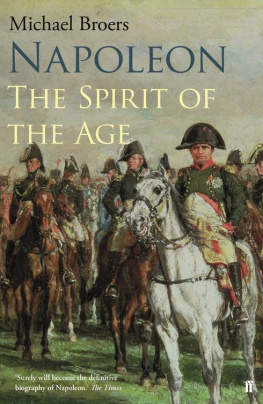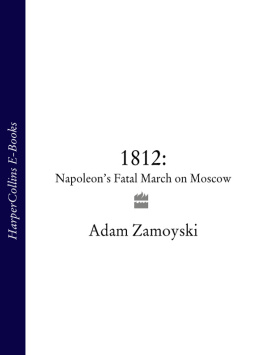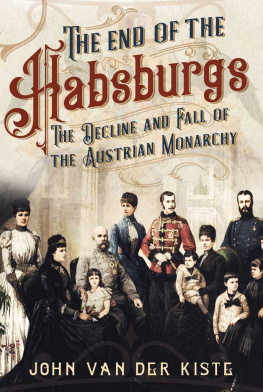Acknowledgements
Historical works are always team products in one sense or another and this is no exception. I would therefore like to take a few lines to thank some of the many who have helped nudge this project in its extended development. Errors and interpretations, of course, will come knocking at my door, but I could never have come so far without the kind assistance of a host of others, some of whom I would like to acknowledge.
In Austria, the scholars and staff at the Haus-, Hof-, und Staatsarchiv and the Kriegsarchiv were courteous and friendly, their support invaluable, particularly Dr Broucek and Dr Gaisbauer. The library team at the Kriegsarchiv deserves special thanks for patience and helpfulness. At an individual level, I am indebted to Dr Manfried Rauchensteiner, Mag Michael Wenzel, and Herr Ferdi Wber for their tremendous thoughtfulness and Gastfreundli-chkeit . Just across the border, Dr Laszlo Ottovay and Dr Eva Nyulaszi-Straub were instrumental in providing me a host of recondite Hungarian sources across long distances and several years.
Among German archives, I had the pleasure of working with helpful professionals at the Generallandesarchiv in Karlsruhe (Dr Brning), the Schsisches Hauptstaatsarchiv Dresden (Archivrat Schirok), the Militrgeschichtliches Forschungsamt (Frau R. Stang), the Hauptstaatsarchiv Stuttgart (wonderfully accessible and very prompt service), and, above all, with the extremely supportive Dr A. Fuchs and staff at the Kriegsabteilung of the Bayerisches Hauptstaatsarchiv. Dr Fuchs, now retired, deserves particular mention for many years of assistance on a variety of projects. Dr Thomas Hemmann, whose excellent website is worth a look (www.napoleonzeit.de), Herr Uwe Wild, and Herr Alfred Umhey have been very considerate in helping in a number of cases.
On the French side, the Archives de la Guerre in Vincennes have been the source of much of my background material and have always proven helpful, the staff truly going out of its way on at least one occasion. The Archives Nationales and the Archives of the Ministry of Foreign Affairs have also been prompt and professional.
Among my American and British friends, I would like to thank Dr Mike Leggiere, Dr Sam Mustafa, Dr Mike Pavkovic, and Dr Rick Schneid for unstinting support and comradeship. All four deserve tribute, in addition to sharing their insights and resources, often going above and beyond the call to rescue me. Dr Roger Harrison and Dr Michael Yaffe of the Near EastSouth Asia Center for Strategic Studies generously gave editorial comment and larger wisdom. Dr Ashley J. Tellis toured Regensburg with me recently and kindly supplied the author photograph. Mr Dave Hollins in the UK, a font of knowledge on matters Austrian, has pointed the way to a number of interesting details. Herr Mark van Hattem of the small but superb Dutch Army Museum (Legermuseum) in Delft offered insightful observations on Austrian thinking. Mr Peter Harrington, Curator of the Anne S. K. Brown Collection ( John Hay Library, Brown University), the world resource for military iconography, helped locate and supply many of the images in this volume.
It is fitting as well to pass a fond thought towards those whose friendship we treasured and whose passing we regret: Dr David G. Chandler, Col John R. Elting, Mrs Anne Elting, and Dr Gunther E. Rothenberg.
I must also offer heartfelt thanks to Frontline Books. From conversations in Washington to wandering the stacks of libraries in London, it has been a cherished pleasure to enjoy the friendship, consideration, and professional understanding that Lionel Leventhal, Michael Leventhal, Kate Baker, and the entire Frontline staff display as a matter of course. Special mention must go to Jessica Cuthbert-Smith for thorough and thoughtful editing.
Finally, my deepest gratitude goes to Anne Rieman, Grant Gill, and Hunter Gill. Anne, who has indulged my quirky hours, who has read and re-read draft chapters, and who sacrificed part of a trip to Paris to help me make photocopies in Vincennes, is beyond all praise. She and the boys have tolerated long hours of absence, endless discussions of early nineteenth-century European political-military affairs, and short (or long) diversions from otherwise sensible routes of travel to halt at battle sites famous and obscure: pausing on the banks of the Traun (where the Young Guard Grenadiers enacted their own skirmish), for example, or driving through snow squalls to Znaim. Their patience, understanding, and assistance fill ones heart.
Appendices
INTRODUCTORY NOTE: UNIT STRENGTHS AND ORDERS OF BATTLE
I have my unit strength reports presented to me every day. I do not have the memory to retain a verse of poetry, but I do not forget a syllable of my strength reports. This evening I will find them in my chamber; I will not go to bed without having read them.
Napoleon in conversation with Senator Pierre Louis Roederer, 11 February 18101
Unit strengths . Few historical details are more interesting, more important, and yet more difficult to calculate or uncover than unit strengths. I have attempted to be as accurate as possible using the available source material. Wherever feasible I have tried to use archival records (with the recognition that these have their own problems: such as officers who might submit false reports, simple transcription errors, delayed entries, etc.). In many cases, however, I have had no recourse but to turn to secondary sources. In using these tables, therefore, readers should recognize that they are only estimates. Even the officers preparing these reports doubtless knew that the best they could do was to come close to the actual figures and that minor discrepancies did not really matter in the larger scheme of things anyway. I have used the following guidelines in calculating and depicting unit strengths throughout the book:
- In almost all cases, strength figures in the main text give numbers of infantry and cavalry only. If the figure includes other troops (artillery, train, etc.), I have tried to indicate this in the text or in an endnote. The idea is to give the number of muskets and sabres available by listing officers and men of infantry and cavalry units; I let the artillerys guns speak for that branch. For those who wish to do so, one may add approximately 100 men per battery as a rule of thumb.
- All strength figures are based on the number of effectives or present under arms ( prsens sous les armes , Summa der Dienstbaren , bleibt zum Dienst , etc.), and thus do not include detached troops (often substantial), those in hospital, or prisonersall of whom remained on the formal rolls of units in many countries until they returned to duty or were mustered out of service. My aim has been to portray the number of soldiers actually available on the battlefield.
- All figures agglomerate officers and men (including drummers, light infantry hornists, and cavalry trumpeters). Some of these persons were considered non-combatants in some armies. This can lead to minor discrepancies, but seldom any of a major order.
- I did not calculate losses to march attrition or illness. Unless I had a source that gave a specific piece of data (such as several consecutive tables for a single unitvery rare), I therefore carried the old numbers forward and continued to use those until I had new information. This means that units may sometimes appear stronger than they actually were, but I felt it was better to give the available figures and allow the reader to calculate march attrition, sickness rates, desertion, etc. according to his or her own formulae. Moreover, in most cases, I suspect that the ratio of forces on the battlefield (as opposed to actual raw numbers) would not be much affected by trying to guess attrition rates.

